Introduction and Unboxing Video
For over a year now, I've been using the Samsung S27A950D, which is a 1920x1080 panel, but includes a super-slick 120Hz refresh rate. I owned an HP LP3065 many years ago, which was a 30-inch display with a 2560x1600 resolution.
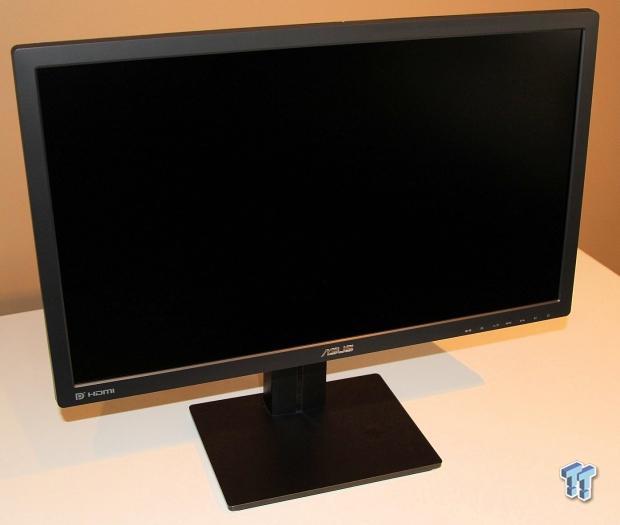
I've always been a fan of higher refresh rates, but now that I'm doing so much work here at TweakTown, I need more desktop real estate.
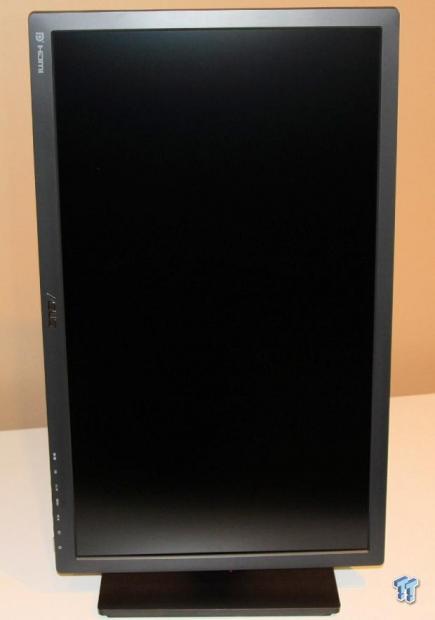
Firstly, this purchase of mine of the ASUS PB278Q is for my everyday monitor - for the added desktop real estate. Secondly, I chose this monitor because it goes into portrait mode. Thirdly, I purchased this monitor for some crazy high-res, multi-monitor, multi-GPU articles that will arrive in the coming weeks and months covering AMD and NVIDIA GPUs.
First off, we have an unboxing video that goes through what comes in the box. You can check this out below.
We'll show you around the monitor with a couple of photos, and then we'll show you another video that covers the inputs of the screen, as well as a quick impression of the aesthetics of the ASUS PB278Q itself.

Below, we have a second video, which takes a look at the various inputs that the ASUS PB278Q has - it is definitely not short on them. We have everything we could ask for with D-SUB, Dual-Link DVI, HDMI 1.4, and DisplayPort 1.2.
Below we have some shots of the base and buttons on the PB278Q.
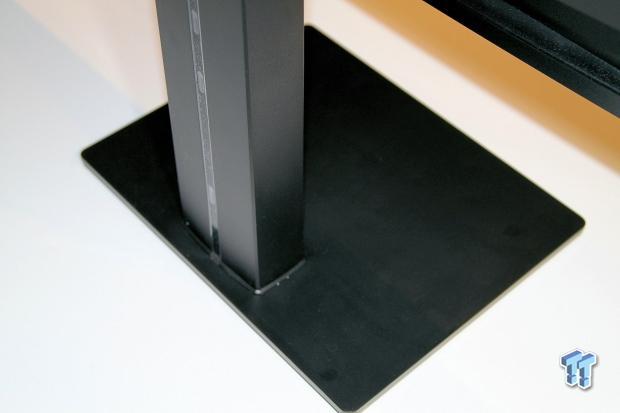
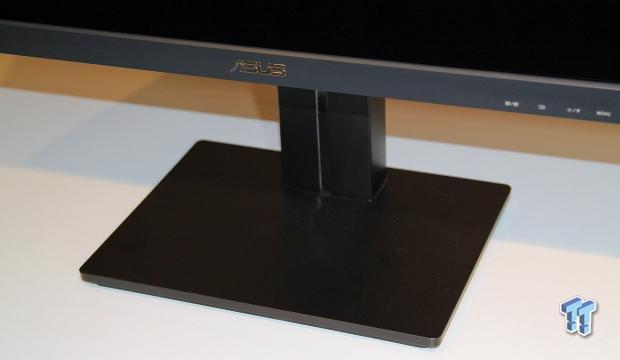
The base stand included is sturdy, and uses a screw on the bottom that needs to be tightened to hold the monitor in place. It feels very secure once it is latched onto the screen, and the base itself turns easily if you want to move the monitor across the desk, but the monitor itself tilts, which is even better.
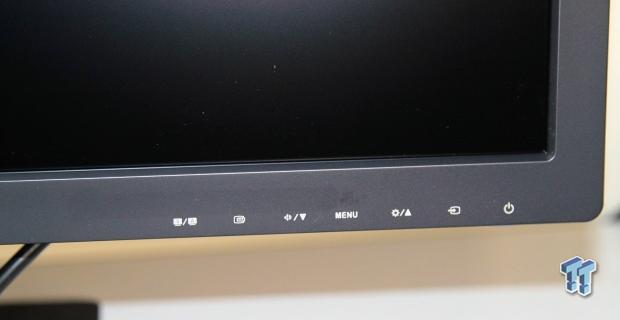
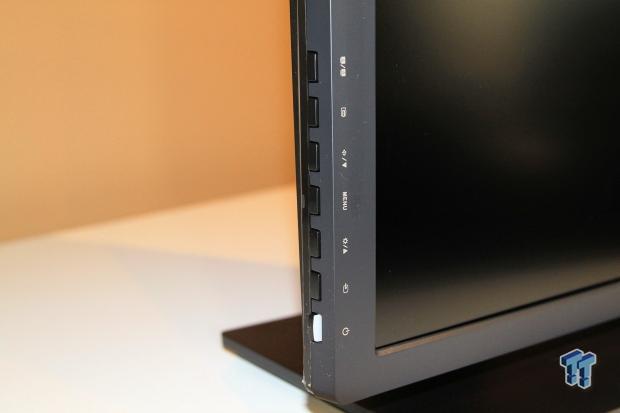
The buttons on the ASUS PB278Q are perfect and have a distinct 'click' to them when you press them. Moving from the Samsung S27A950D, and its touch-sensitive buttons, the ASUS is worlds better than that monitor.
I've done an entire day of work on it now, hitting the five hour mark, and I'm in love with it. But there are some downsides. This isn't a formal review by any means, but just a quick impression of what I think of my new purchase.
Below, we have a shot of the PB278Q in portrait mode, then again in portrait but tilted, and then in landscape.
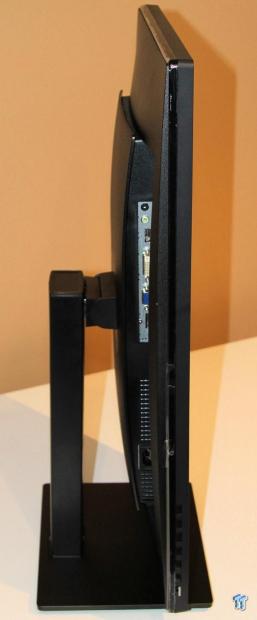
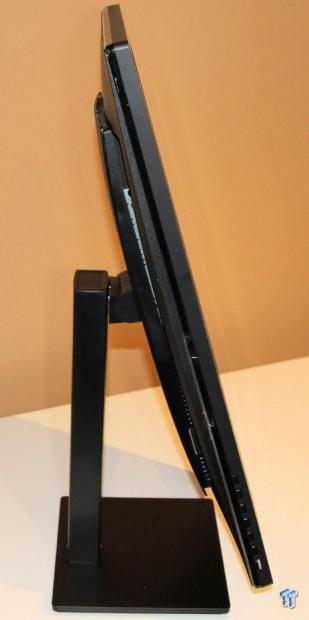
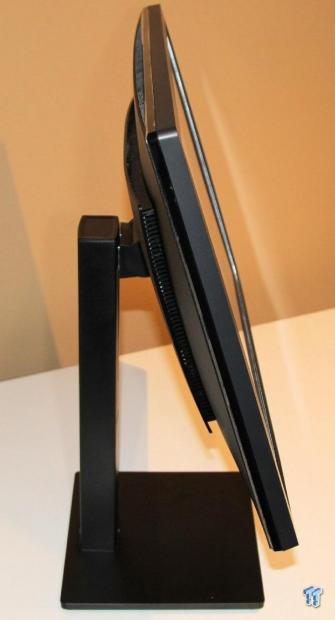
Moving from 120Hz down to 60Hz is awful, just awful. Sure, the picture quality is better - but it's not mind-blowingly better. I think people harshly judge TN-based panels, but have never actually used a good one, or a 120Hz-based panel.
Coming from the 120Hz panel, I truly and utterly miss the higher refresh rate. It is instantly noticeable, and it hurts. The added desktop real estate is awesome, and that is something that I truly miss. I don't need another monitor just yet - well, I do, but this gives me more time until I really need it - but I miss that 120Hz goodness.
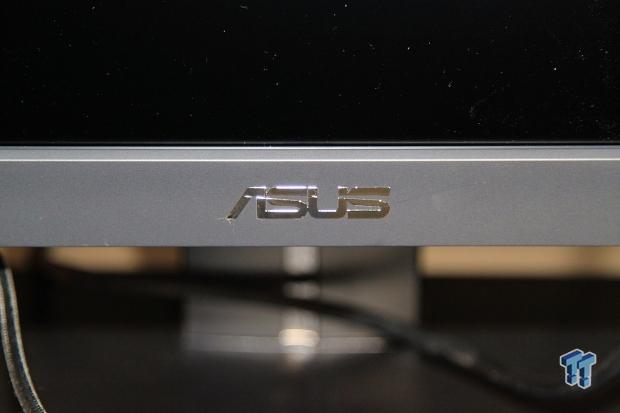
I have a Belkin DisplayLink-powered dock that I'm currently working with, and my MacBook Air. The MBA has a miniDisplayPort connection that I'm using, converting it to Dual-Link DVI using the Apple-branded miniDP to Dual-Link DVI adapter, plugged into the Dual-Link DVI port on the ASUS PB278Q.
I'm using the DisplayPort on the ASUS PB287Q directly to my Sapphire Radeon HD 7770 FleX Edition video card in our BitFenix Prodigy PC, as I've been working with that GPU lately, writing some articles in our Tweakipedia section.
To sum things up quickly, I'm in love with the ASUS PB278Q so far (besides missing 120Hz), and I'm sure I'm going to love it more as time goes on.

